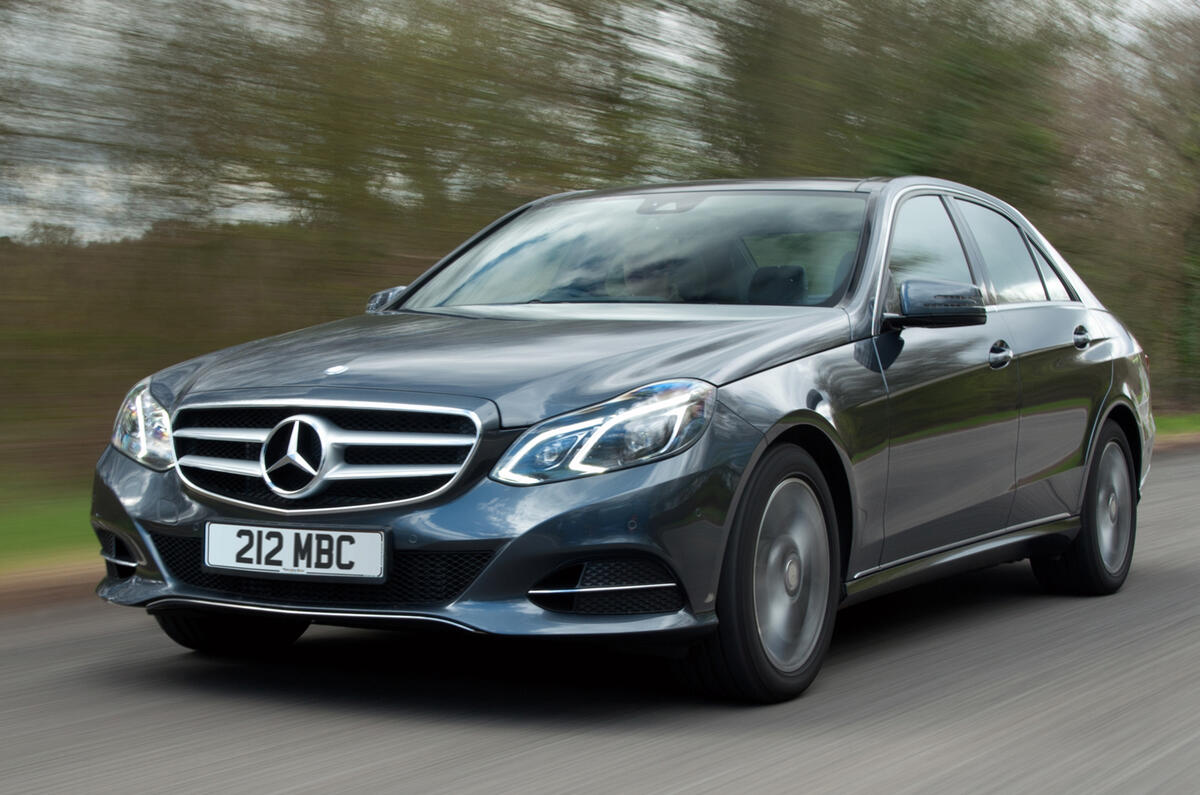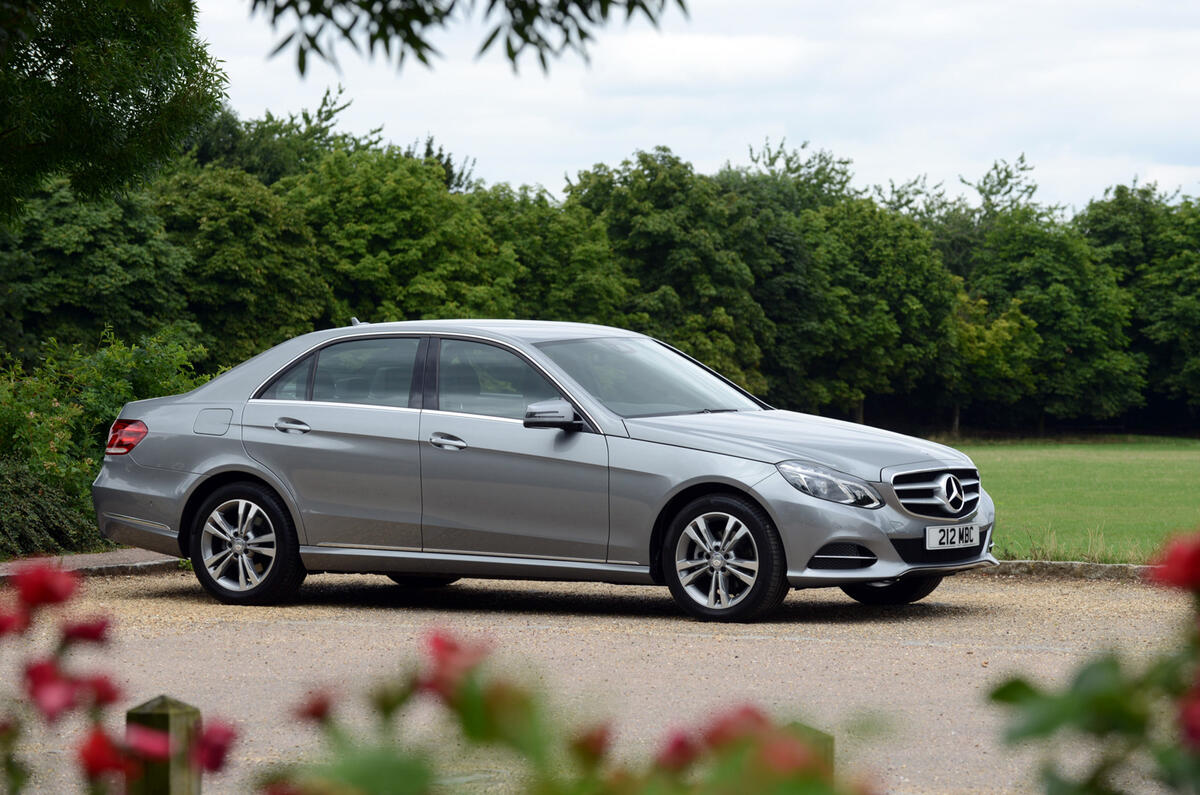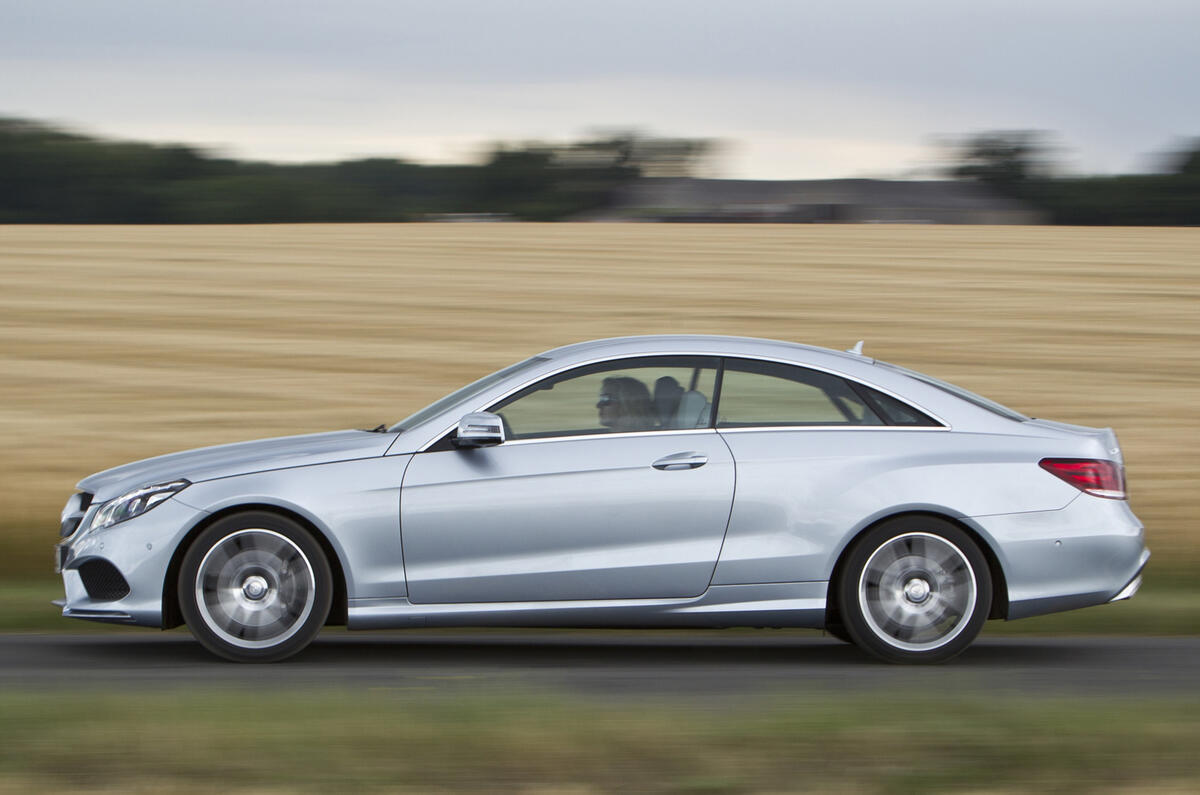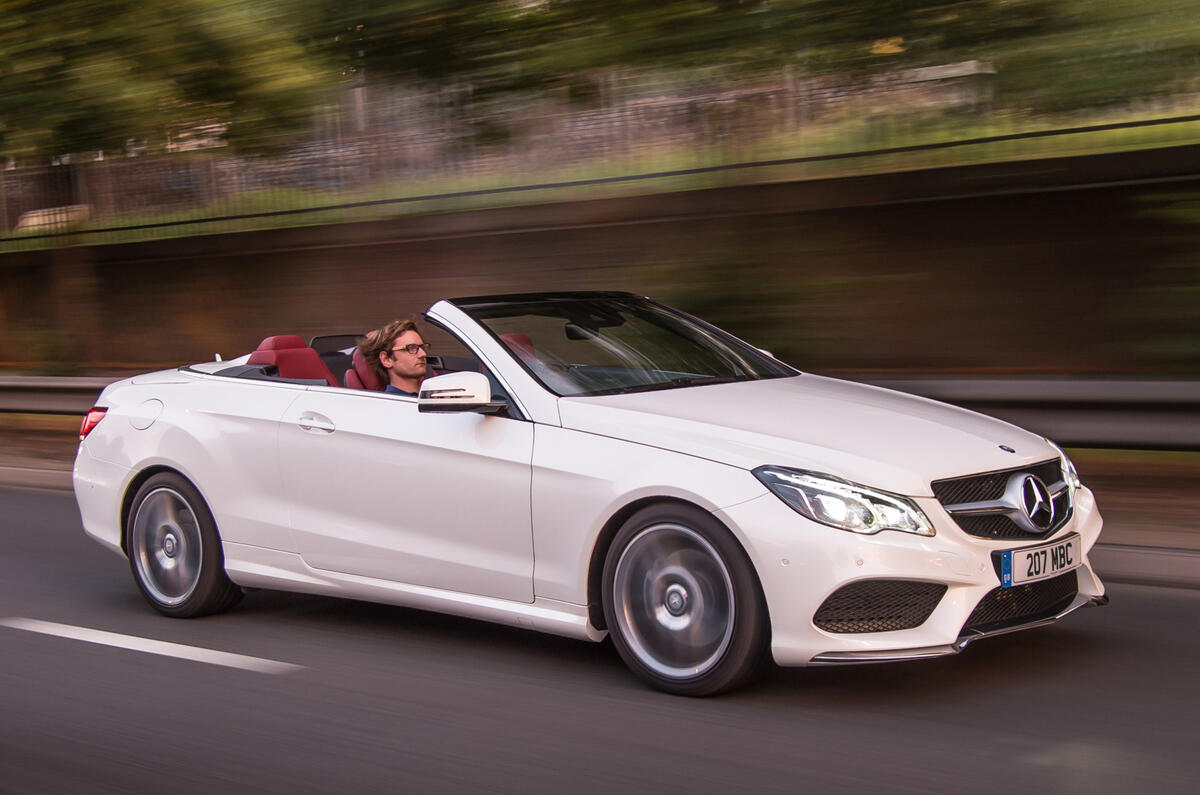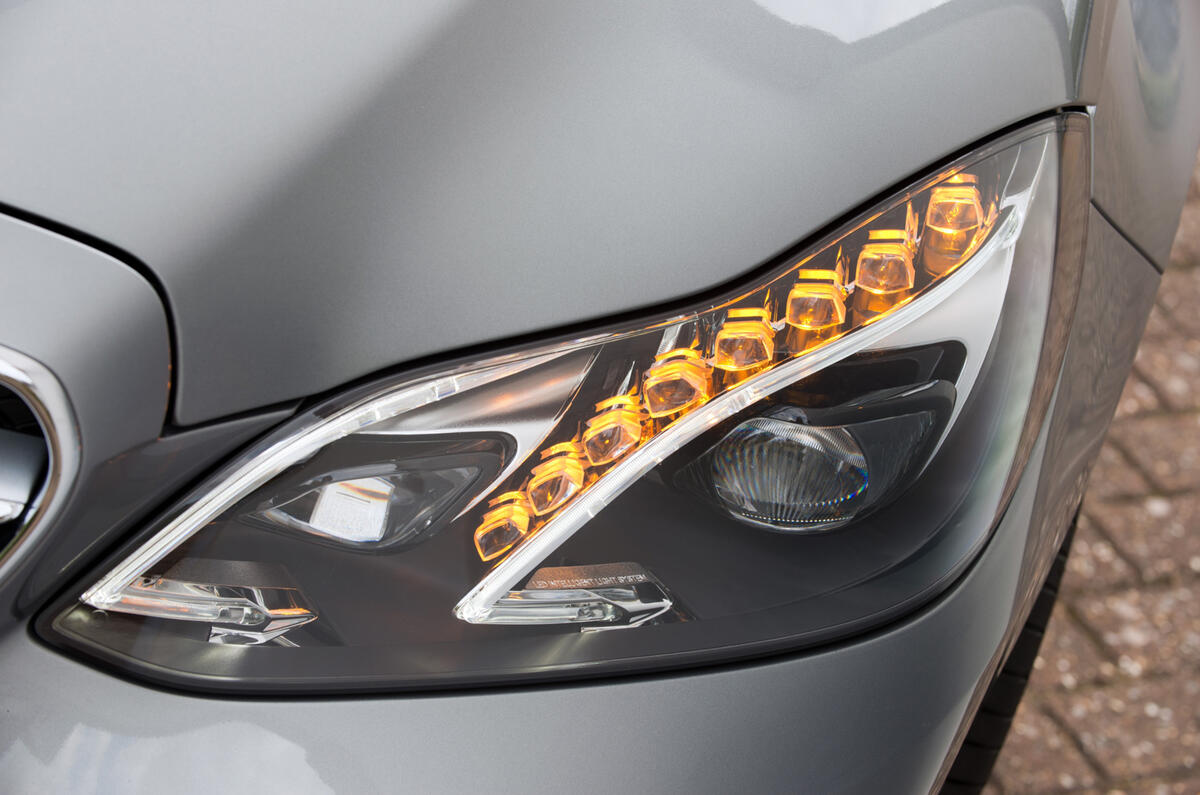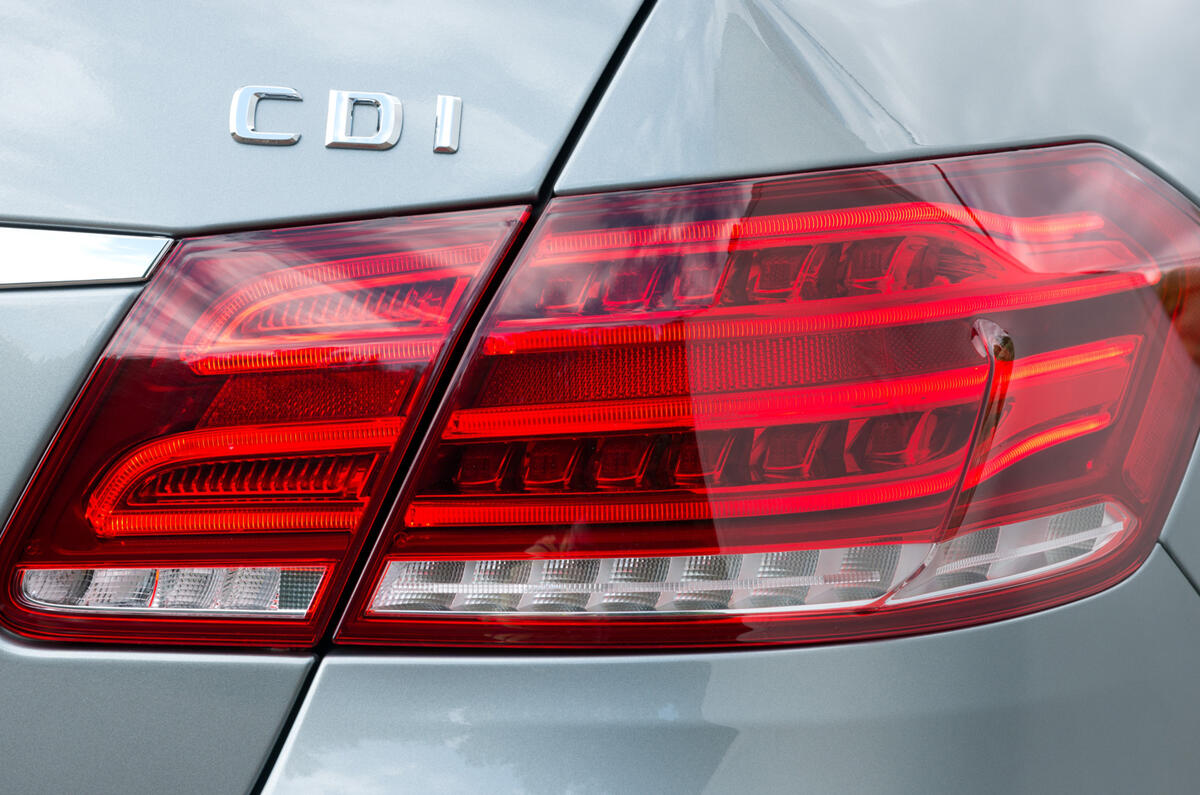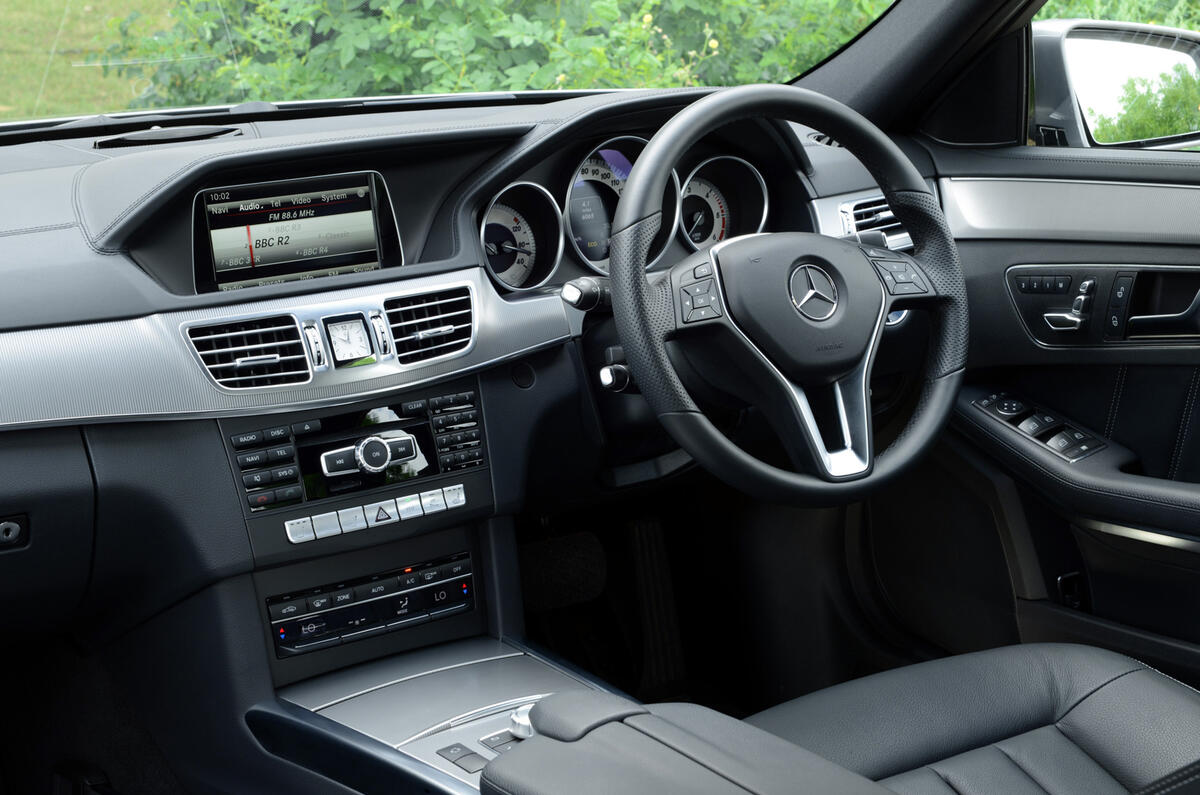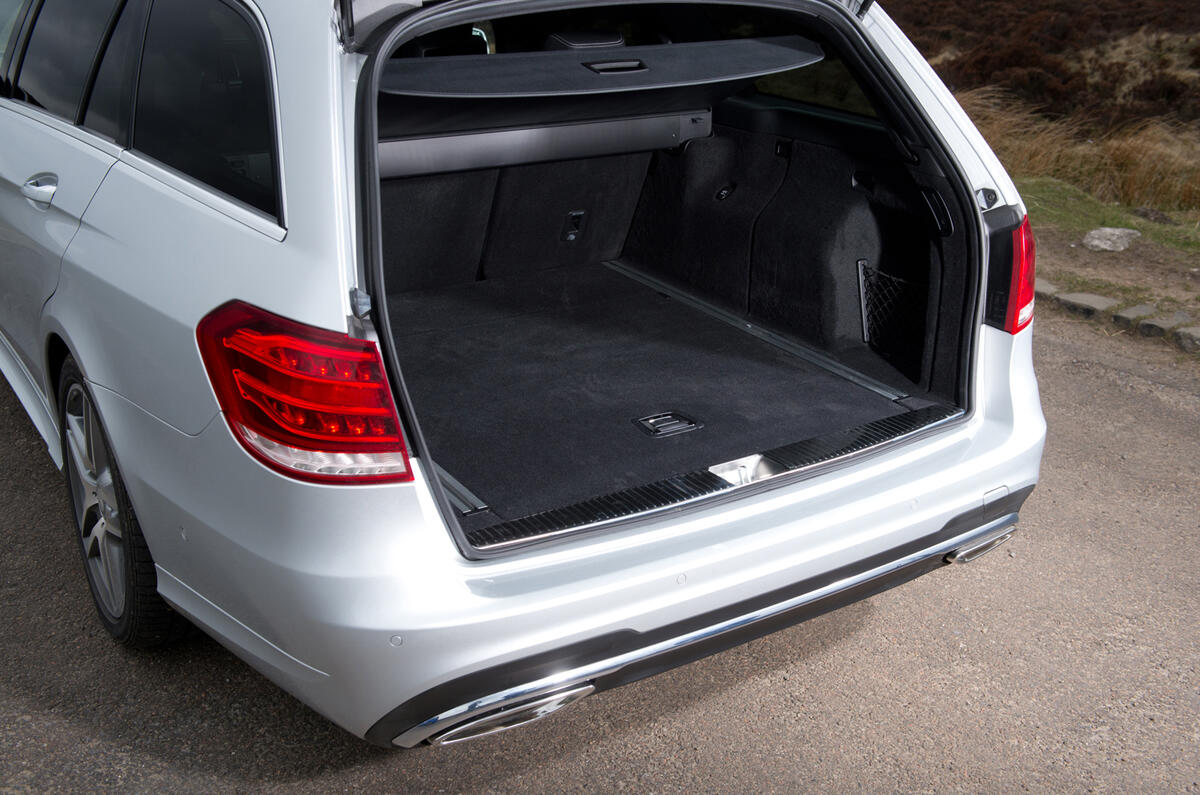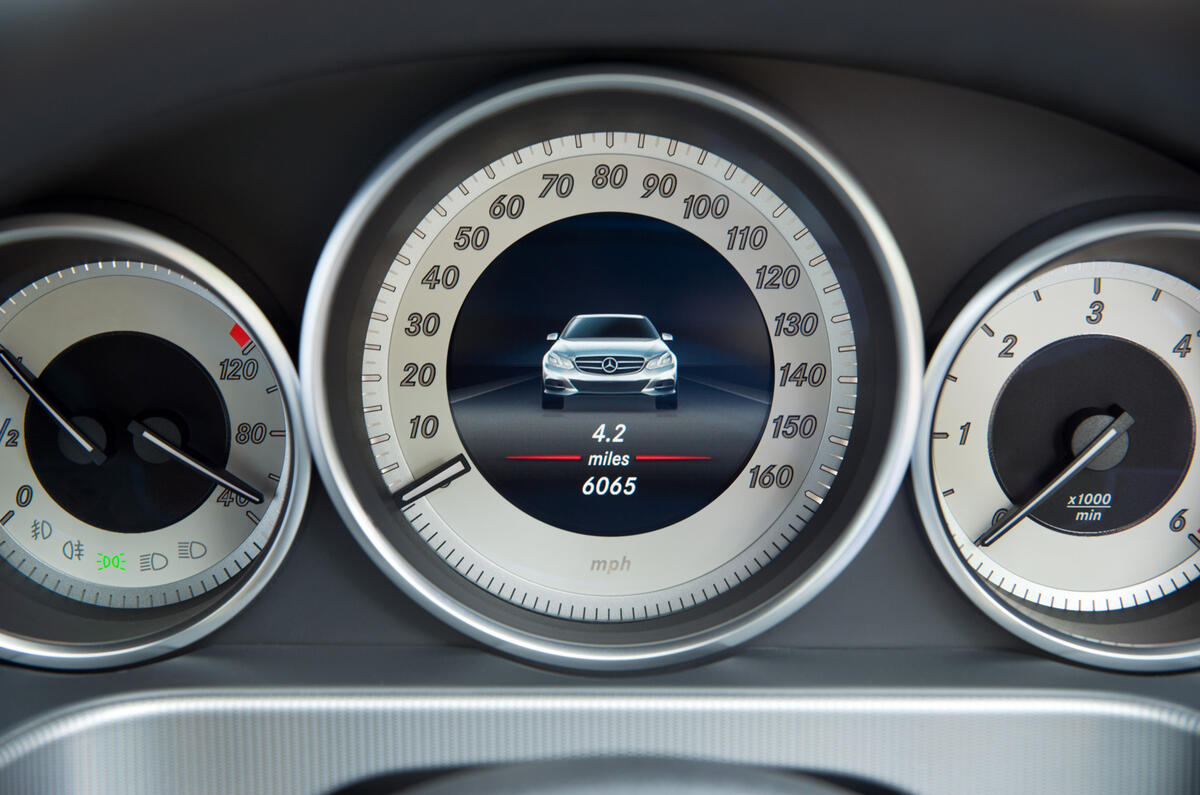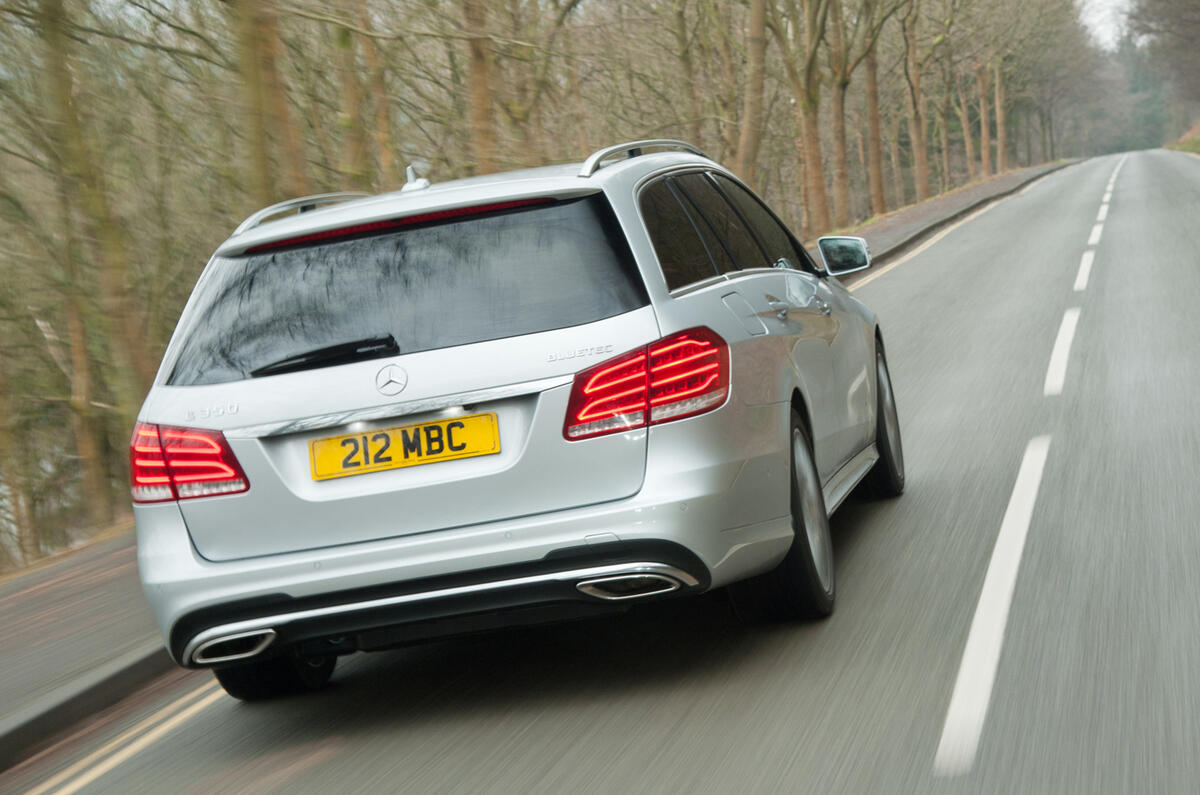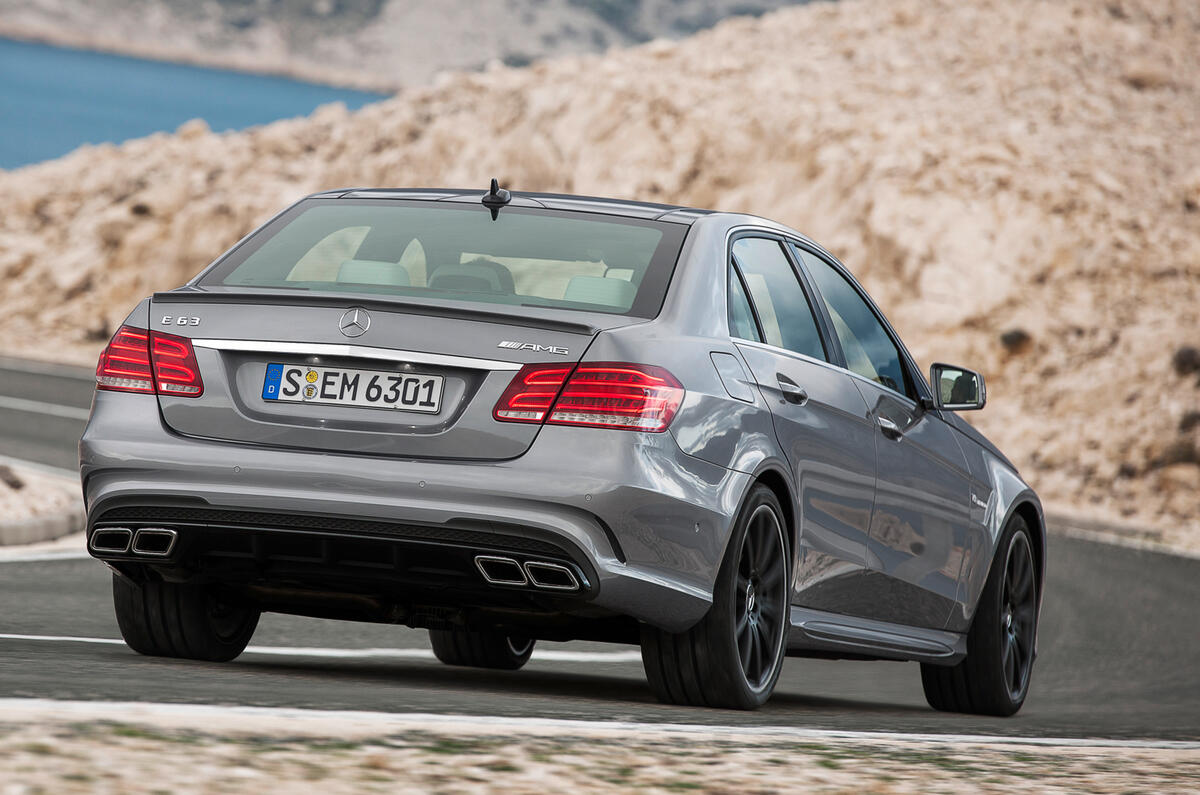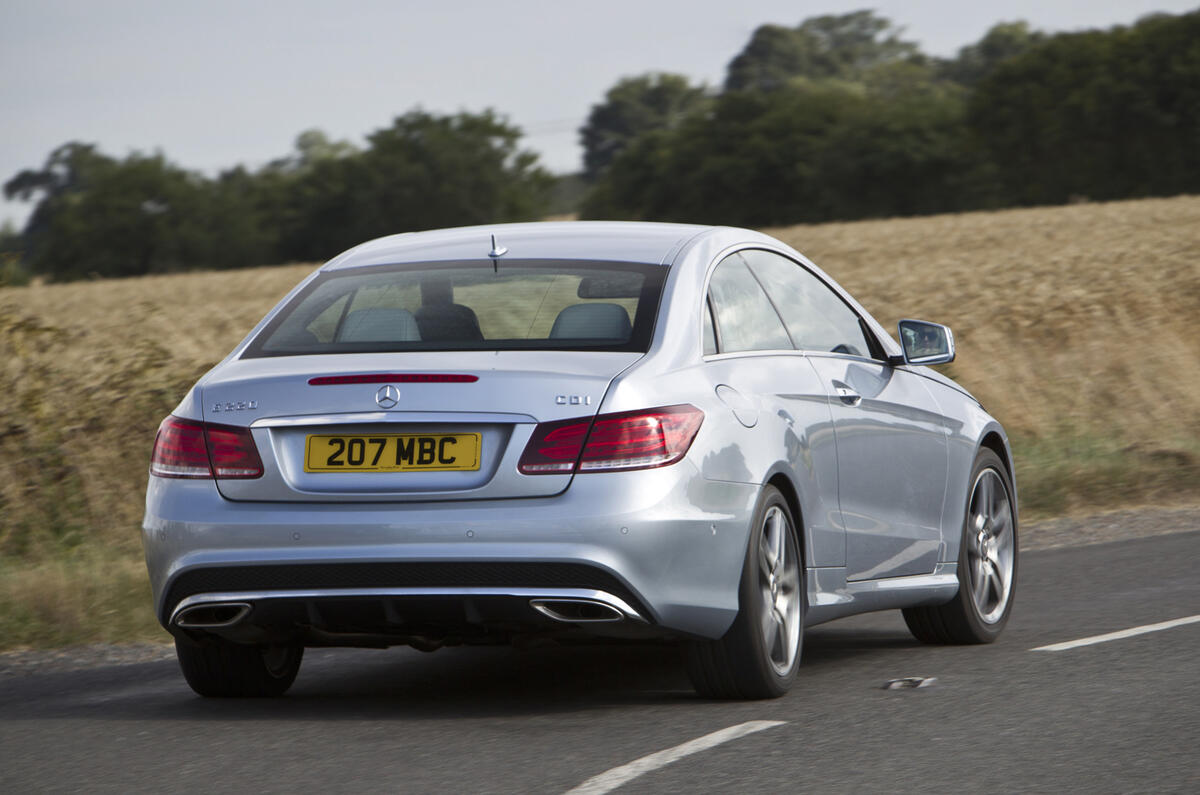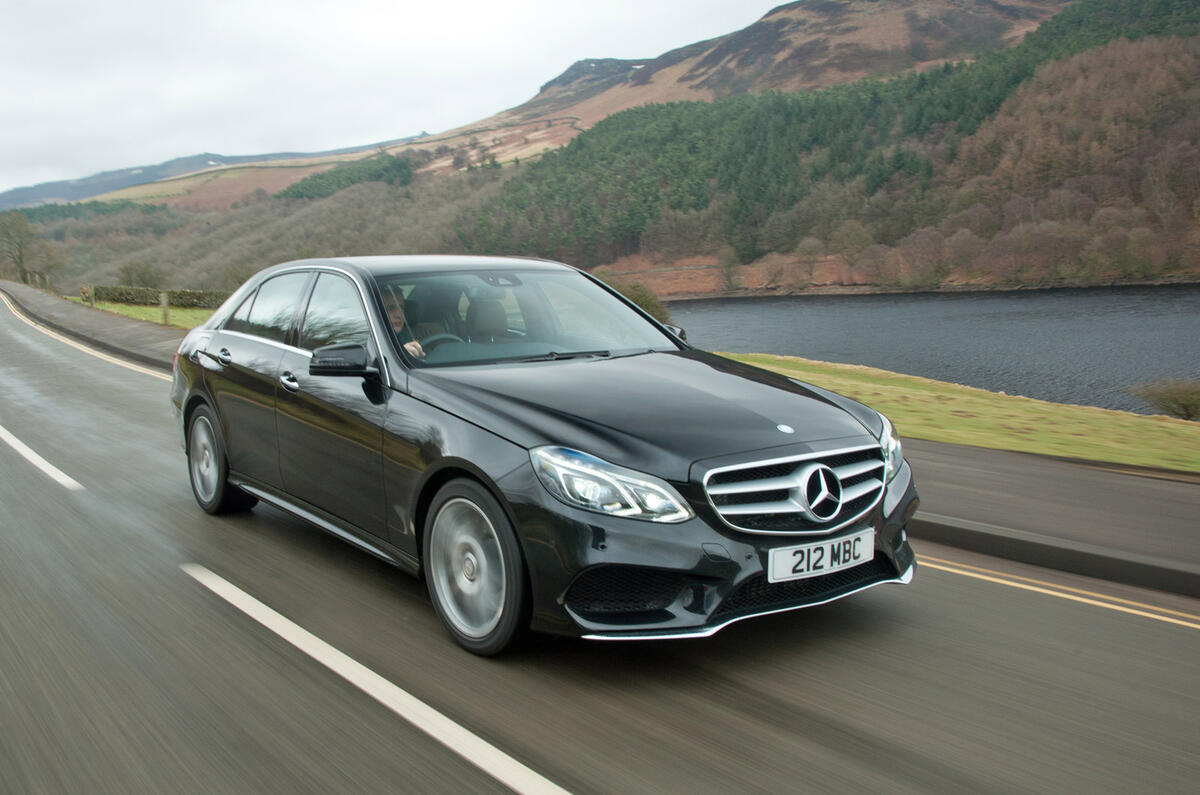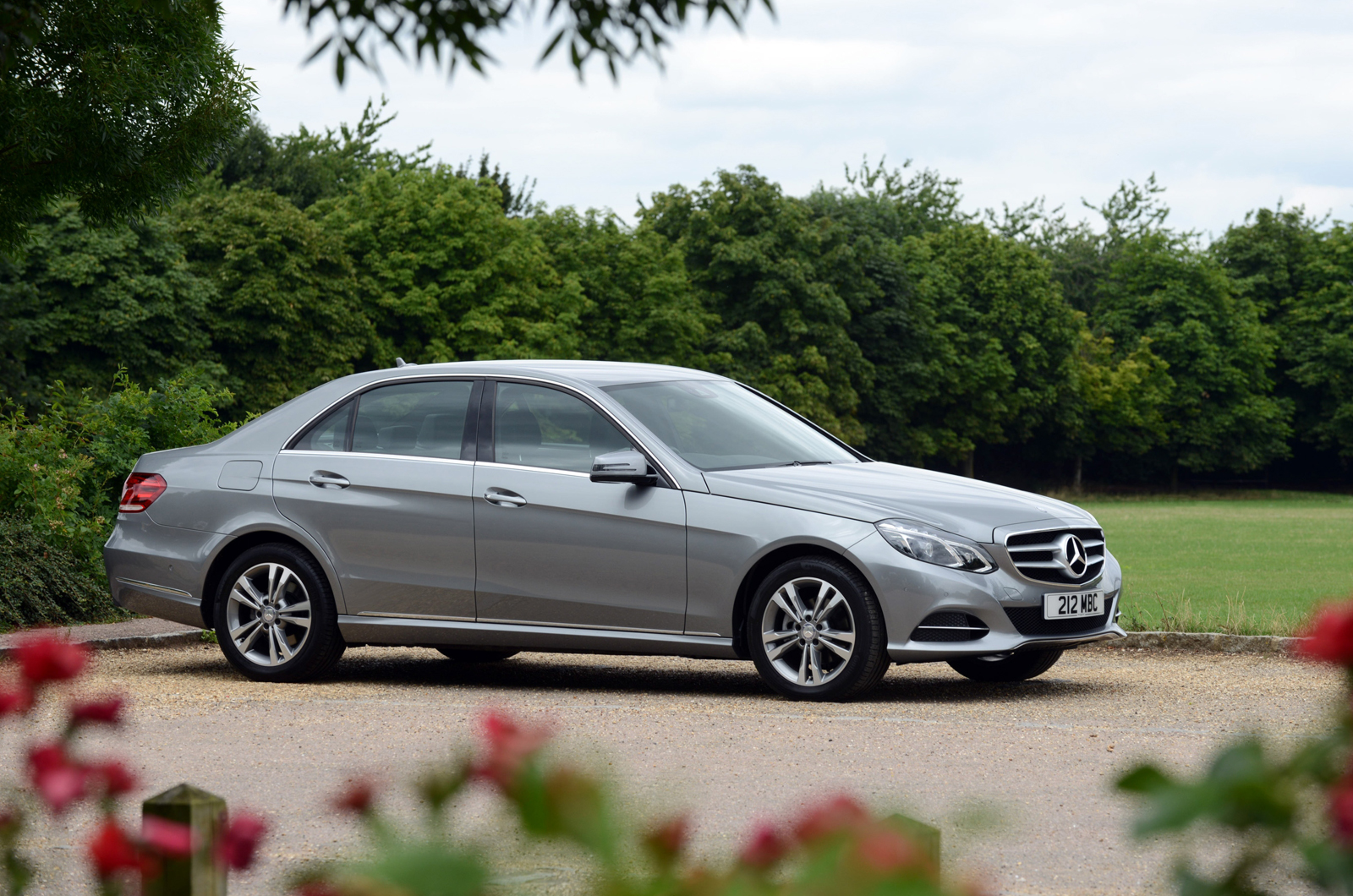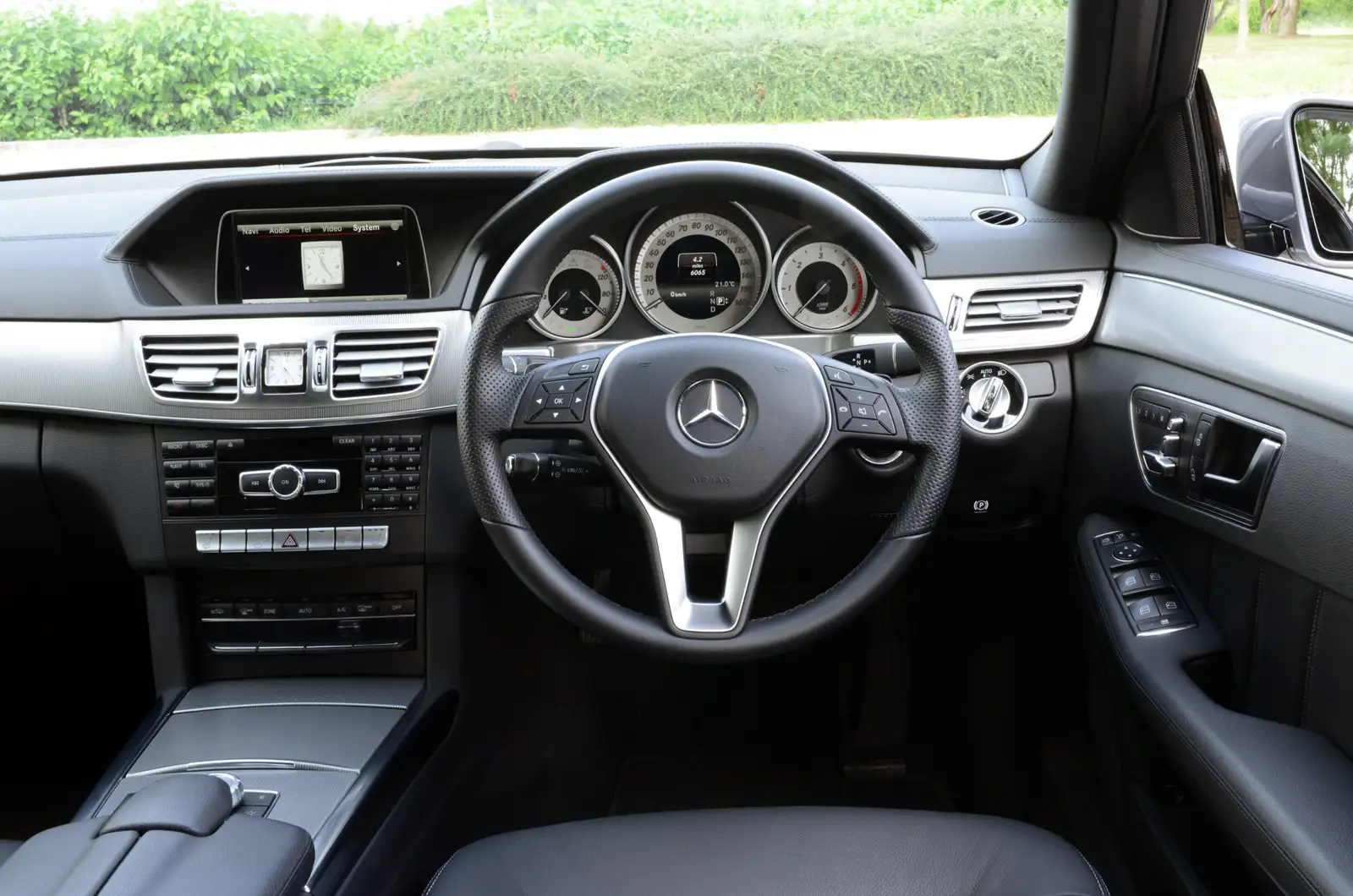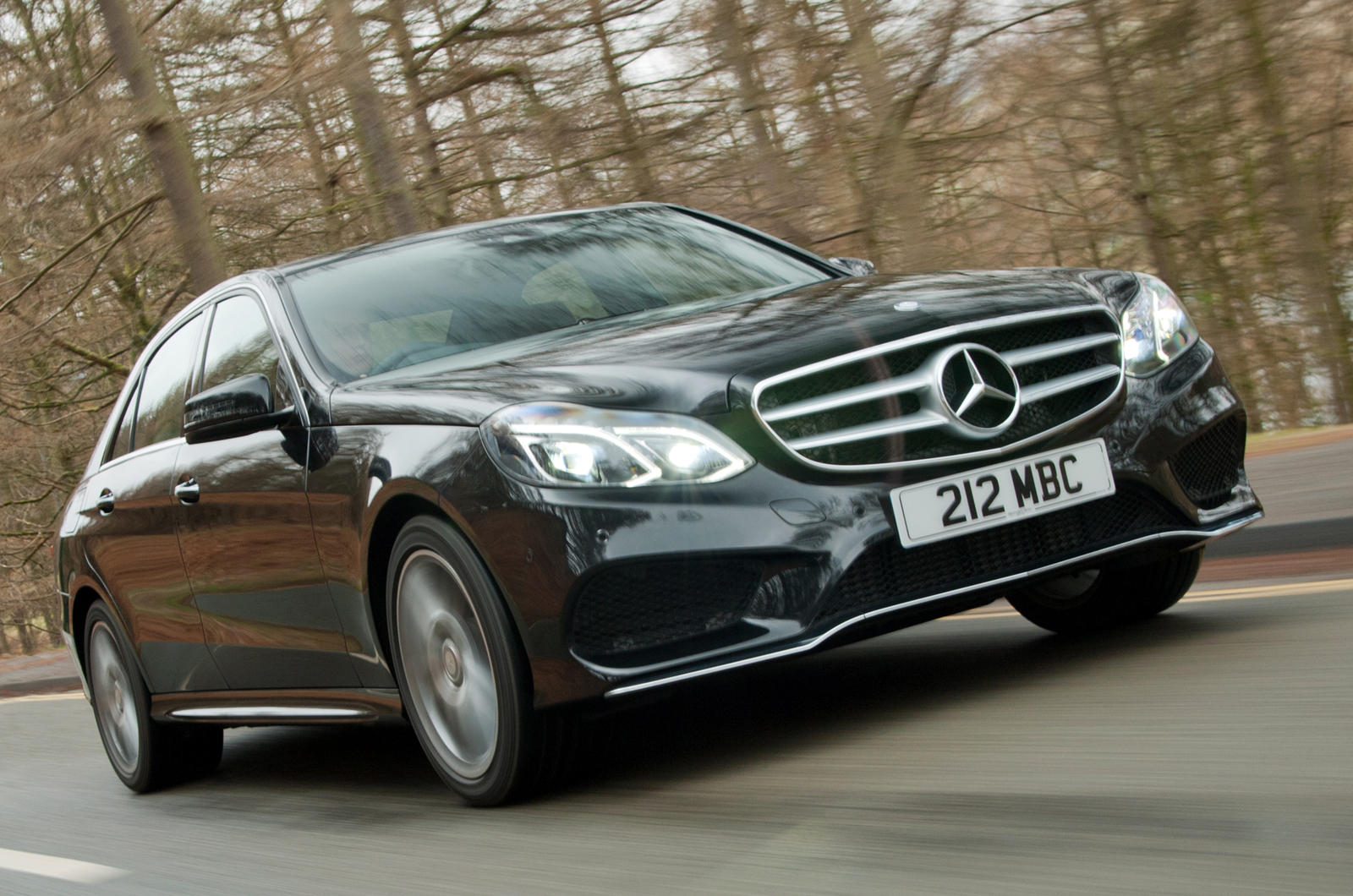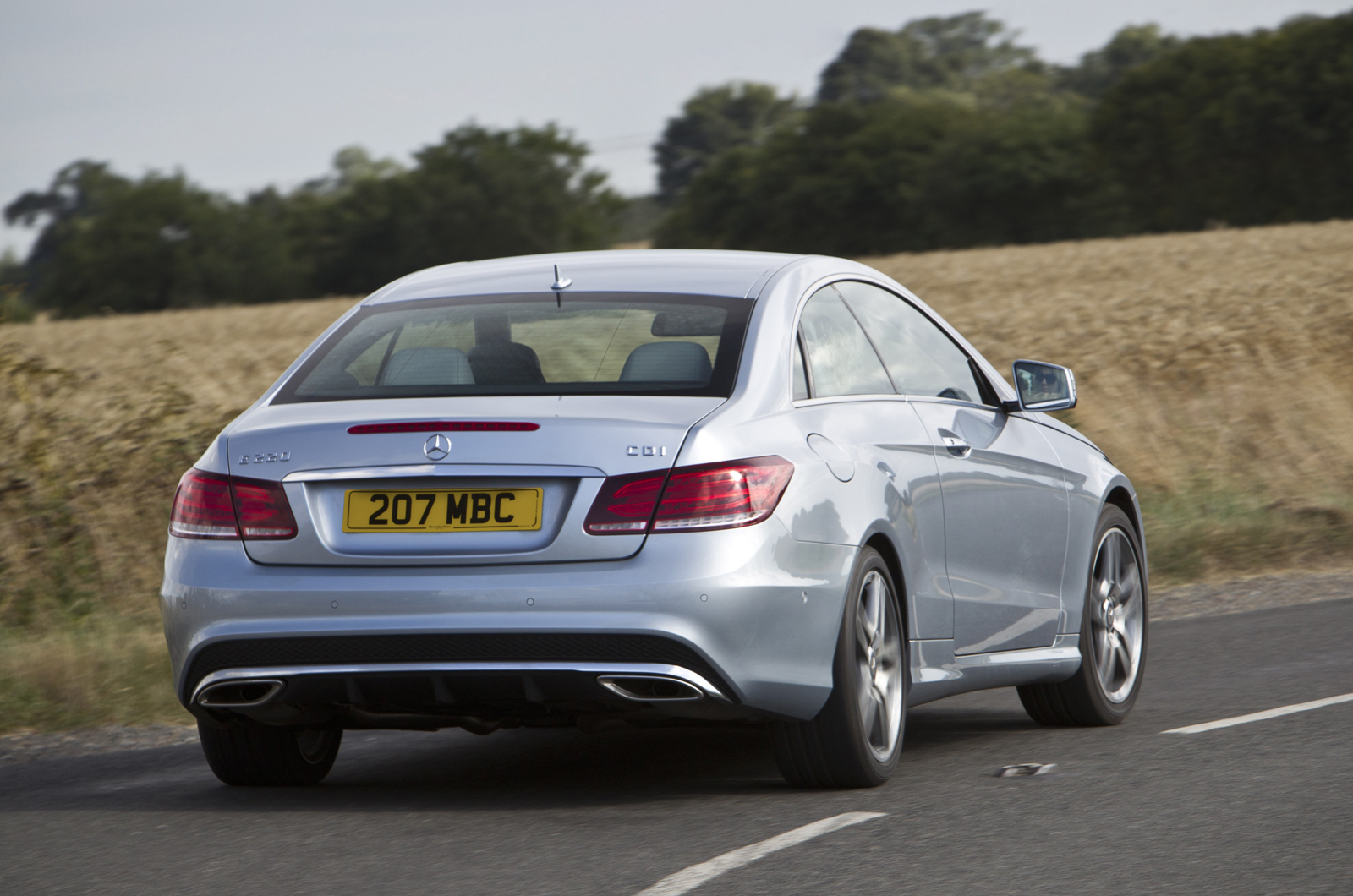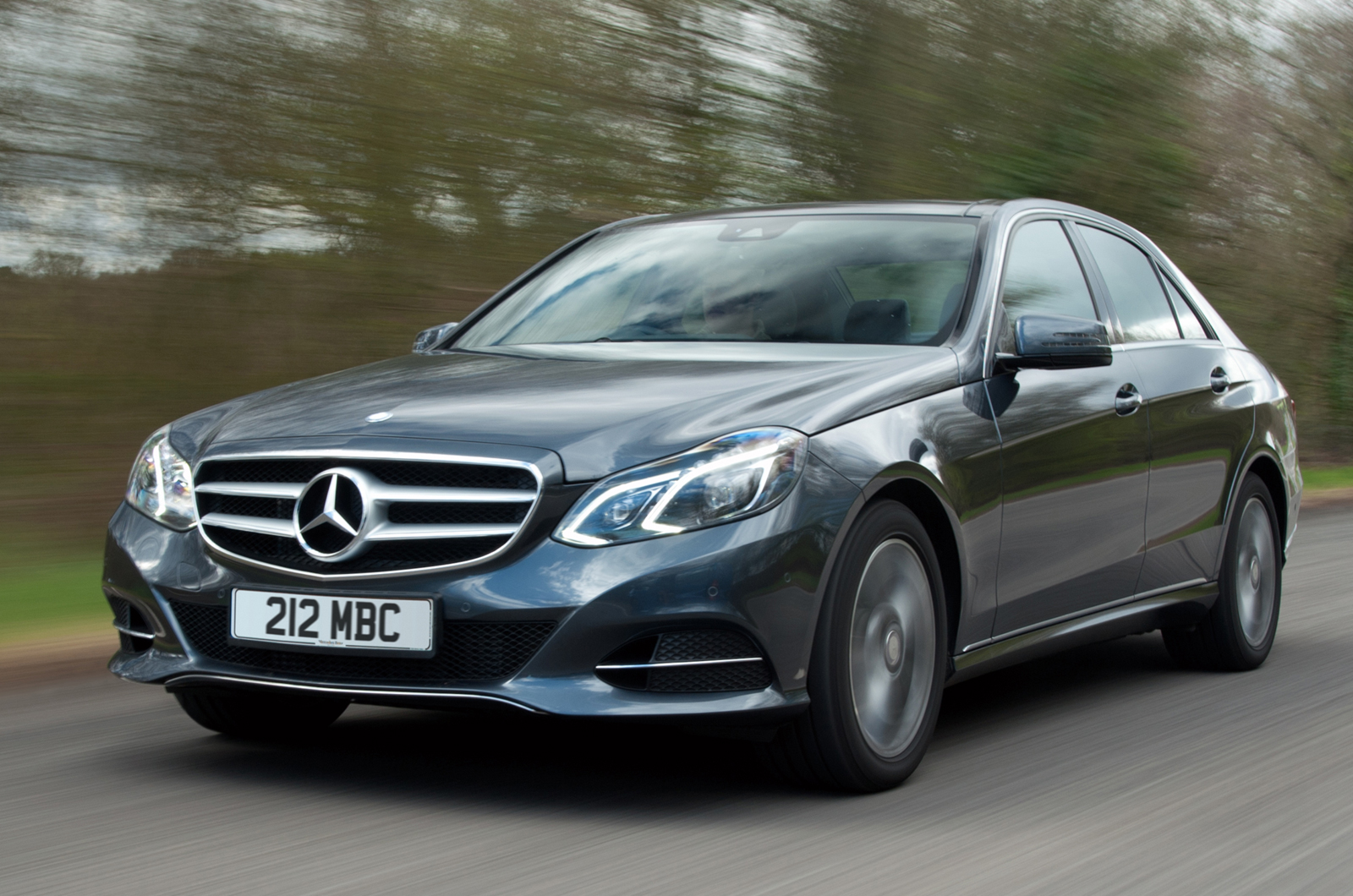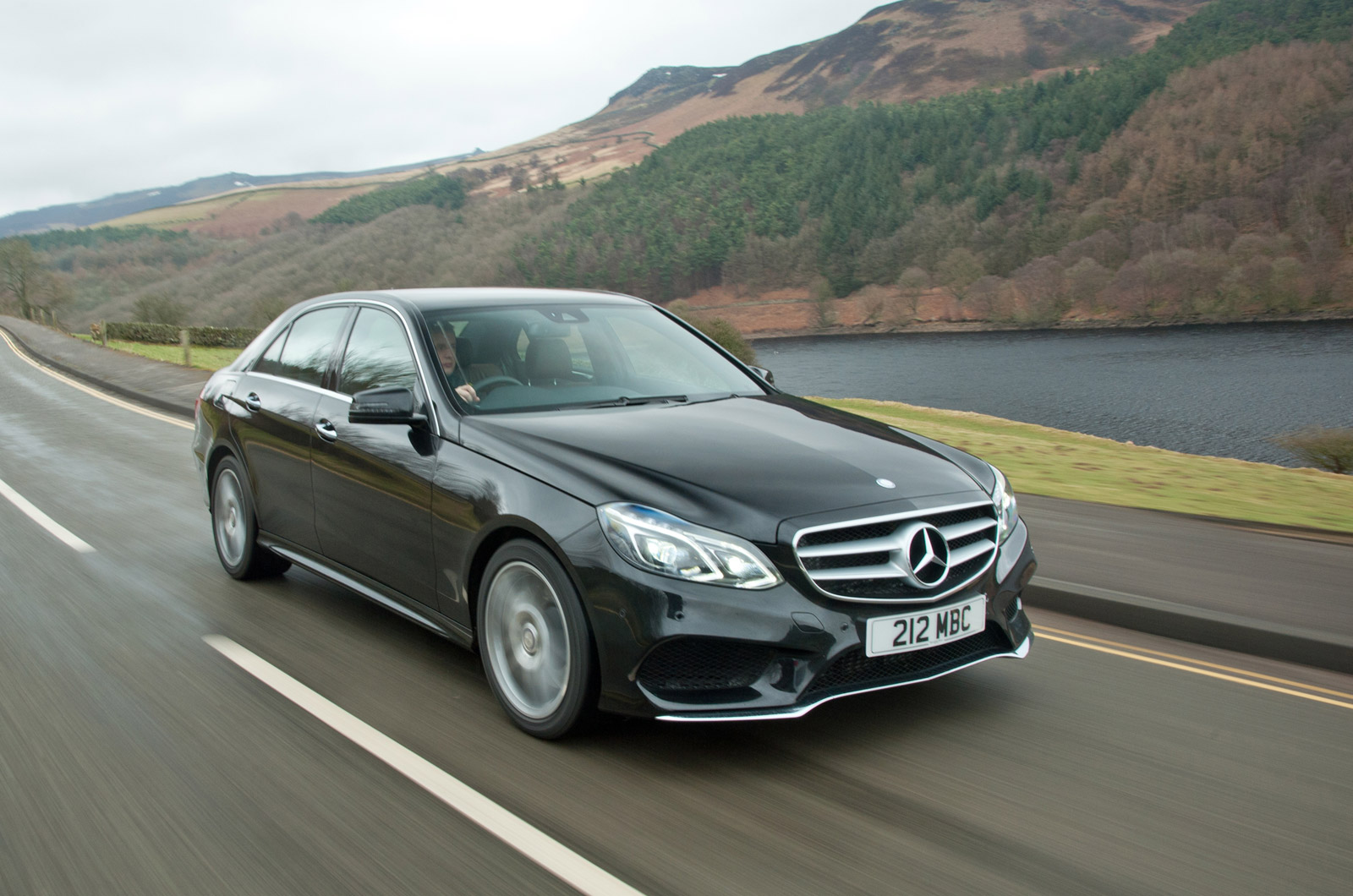Has there ever been a car offered for sale with a broader remit than the Mercedes-Benz E-Class?
We’re not just saying this because the car is offered for sale as a saloon, estate, coupe and cabriolet, for there are many others you can buy in just as wide a number of configurations.
But we know of no other car that can claim on the one hand to be a supercar with more power than a standard SLS, on another the most capacious estate money can currently buy and, on a third, far and away Germany’s most popular taxi. If versatility alone decided such things, the E-Class would be the class leader at a canter.
Its competition, however, is stronger than ever: the BMW 5 Series is an ever-present threat while the Jaguar XF is always going to attract the eye of aesthetes and enthusiasts alike. Even the Audi A6, the one car in the class you could once always have counted upon to fail to beat the best is now a formidably able contender.
Now comfortably past its mid-life facelift, the current generation of E-Class comes with a rationalised range, though to see how much choice remains available it may be hard to believe it.
However ninety per cent of E-Classes sold in Britain are powered by diesel and here the choice is between two standard 2.2-litre four cylinder engines producing 168 and 201bhp respectively, a diesel hybrid based on the same unit with 228bhp or a V6 3-litre diesel offering 249bhp and only a fraction less torque than that aforementioned SLS.


